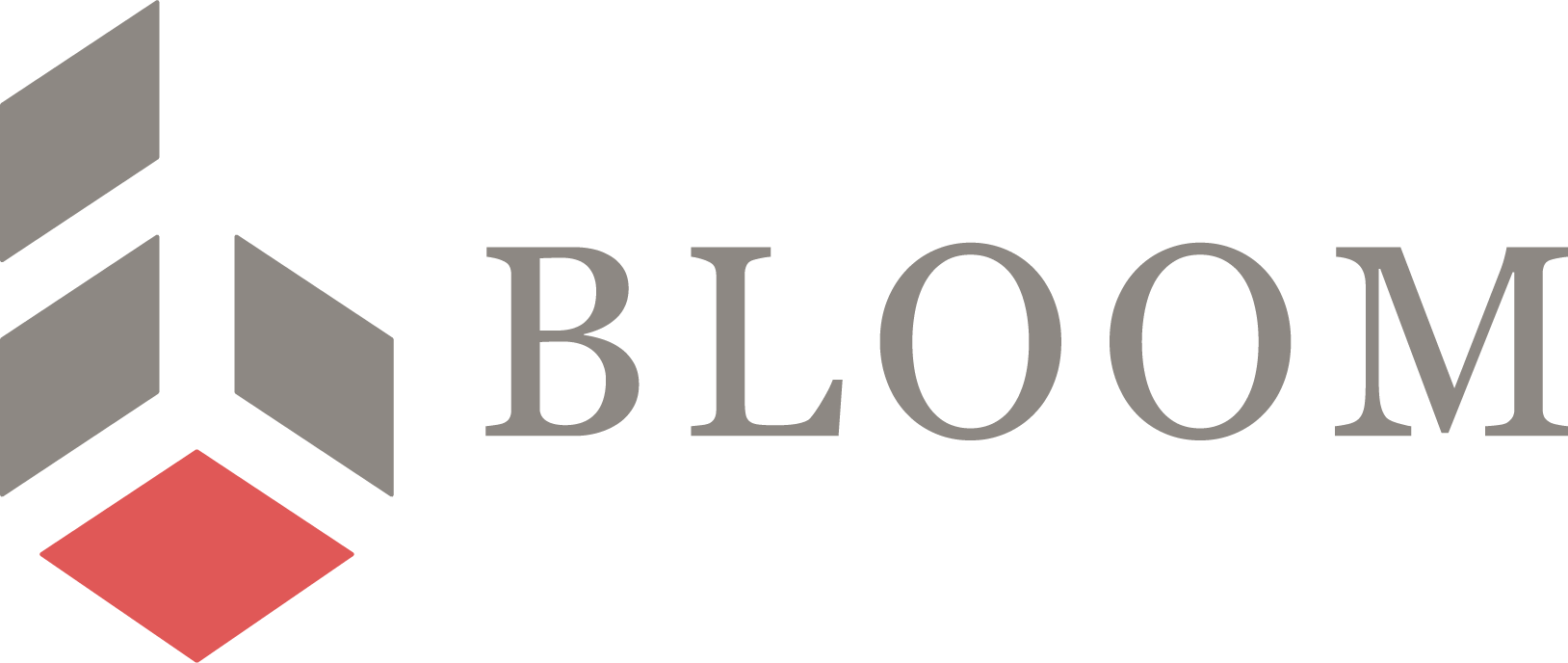How to Help Jurors Render a Favorable Decision
By Harry Jones, Jason Bloom and Emily McDonald
Texas Lawyer
September 17, 2012
The rationale for almost every jury verdict can fit on one side of a 3 x 5 notecard. “The company was not fair,” or “The plaintiff was deceptive.” Yet, lawyers spend dozens, even hundreds of hours addressing irrelevancies. The modern juror, inundated by information, craves simple truths. Here are some that trial lawyers should bear in mind.
There is no one recipe for a great trial team. Sincerity, a passion for the case, organization, consistency and a commonsense story are a good start. These low-tech attributes win cases and should remain the lawyer’s principal tools.
Attorneys should resist the urge to overuse flashy technology and graphics. Unlike the actors who play attorneys on the big screen, counsel doesn’t have the luxury of Hollywood make-up or second takes. Also, they should refuse the temptation to complicate the story.
Litigators must distill the case down to the essential facts. Counsel’s goal is clarity — in voir dire, opening statements, witness preparation and closing arguments. They should anticipate jurors’ questions; the best lawyers answer questions jurors are asking themselves.
Simplicity is key. Jurors hear what they understand; they do not understand all they hear. When polled, jurors seldom complain that lawyers made the trial too simple.
The good witness is consistent. That means his deposition testimony and his trial testimony should cohere. His verbal and nonverbal signals should agree. His emotions should remain steady throughout direct and cross-examinations. Each witness must know the case theme and deliver clear testimony to support it. This will allow counsel to show the jury how to connect the dots. Click Here To Read More
